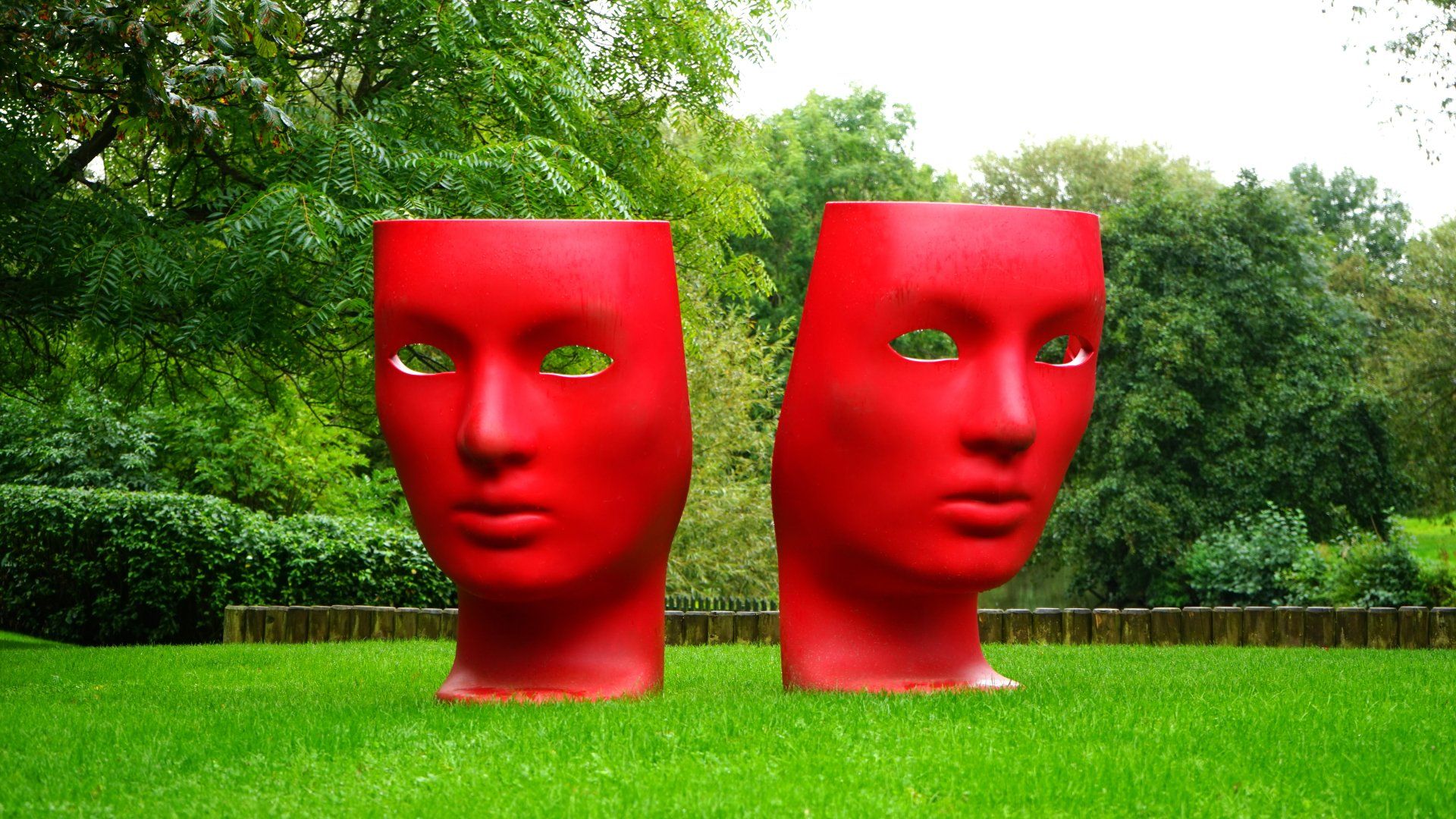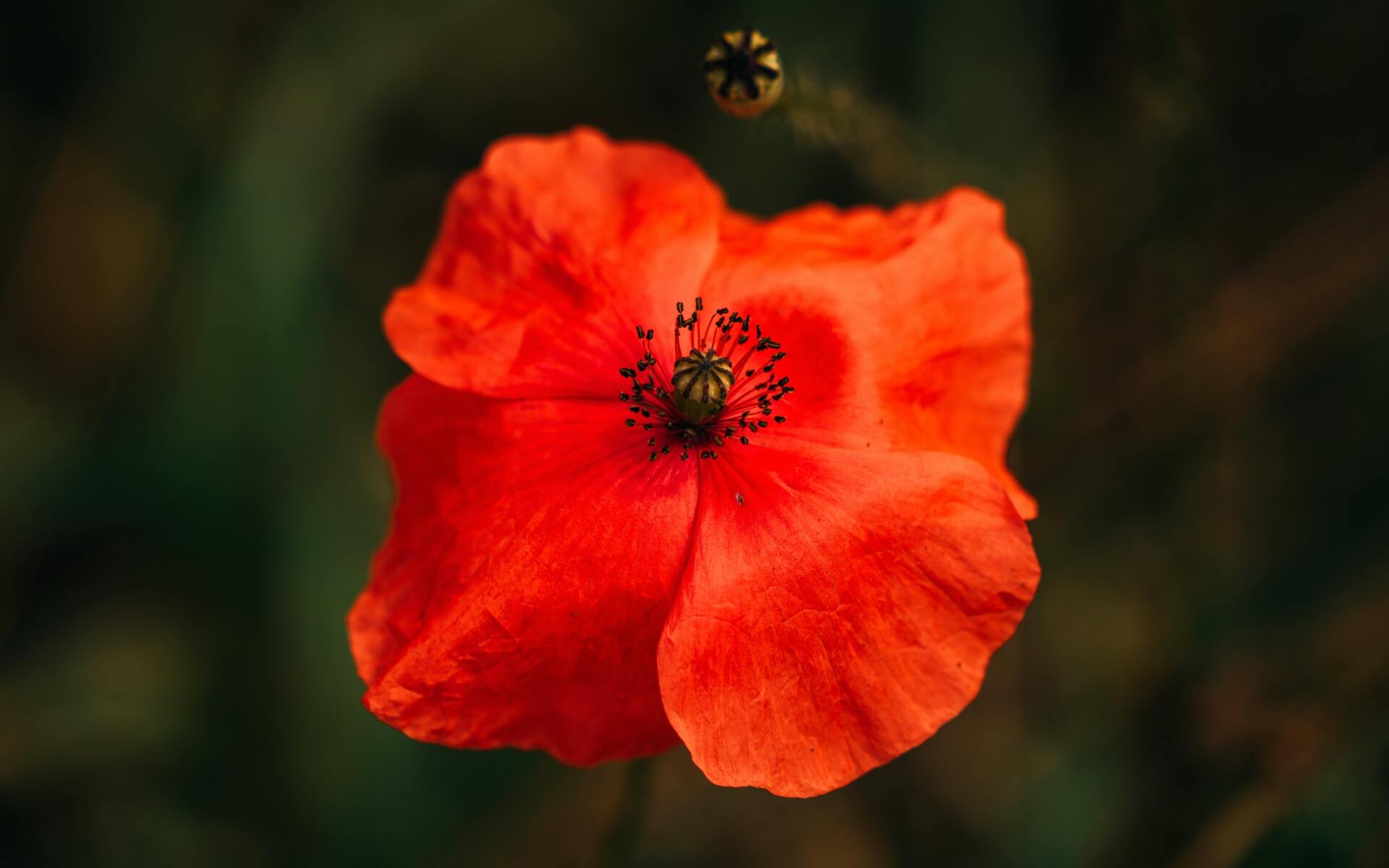For your safety during the COVID-19 pandemic, we are only offering Telehealth sessions - from your happy space
For your convenience, we offer Telehealth or in person sessions
How Do You Take A Forest Bath?
This blog is so helpful and reminds us of the healing power of nature. I could not have articulated this any better.
When was the last time you sat in the woods with no purpose other than to be surrounded by trees? This immersion in nature is what the Japanese call “forest bathing” or shinrin-yoku. Shinrin in Japanese means “forest,” and yoku means “bath.” And just as when you immerse yourself in a tub of warm water and do nothing other than close your eyes and feel your body relax, when you forest bathe, you do nothing other than open your senses fully to the sensations of the trees: the fragrances of the leaves, the music of the birds and sounds of the leaves in the wind, the feelings of the soil and twigs. You allow your mind to quiet down, to let go, to meld with the woods.
Over the last couple of decades, a new disorder has appeared among Americans: nature deficit disorder. According to the Environmental Protection Agency (EPA), the average American spends only 7% of their entire life outdoors. A great deal of that time is on the computer, working, consuming, or on social media. Even children, who once spent most of their childhoods playing outside, now typically spend a great deal of time with electronics indoors. The pandemic has accentuated these trends, especially for people in urban areas.
Forest bathing began in Japan in the late 1980’s when Japanese began experiencing unprecedented stress levels due to economic pressures. Its government turned to its Forest Agency to offer a remedy. It developed the concept of forest bathing, based on Japanese culture’s reverence for nature, a reverence that has enabled not only the preservation of their forests but their vitality. Forests cover nearly 70% of Japanese total land area
, which is remarkable given that the country’s human population is a little less than half of the United States’ but in a land mass that is 2,502% is smaller than that of the U.S.!
What the Japanese Forest Agency discovered was that spending time surrounded by trees dramatically reduced a person’s stress, anxiety, and depression. Even more striking were the unanticipated consequences: forest bathing strengthens the immune system, improves cardiovascular and metabolic health, and boosts overall well-being. Dr. Qing Li, a Japanese medical doctor who is the world’s leading expert in the relatively new field of forest medicine, has delineated the sources of forests’ healing power: the higher concentration of oxygen that exists in a forest, as compared to an urban setting, and the presence of plant chemicals called phytoncides—natural oils that are part of a plant’s defense system against bacteria, insects, and fungi. As Dr. Li lays out in his book Forest Bathing: How Trees Can Help You Find Health and Happiness
, phytoncides lower blood pressure and heart rates. Pine forests have the most potent therapeutic effect, as evergreen trees produce the greatest concentrations of phytoncides.
It is important to understand that hiking in the woods, mountain biking, rock climbing are not forest bathing. Essential to forest bathing is that you have no agenda, no intention, no purpose other than to be still, to be present, to be in the moment. In this way, forest bathing shares much with mindfulness meditation, as both encourage being fully present with your senses, to let your thoughts go as easily as they come, and to quiet your ego. But while mindfulness seeks to create a state of focused relaxation, forest bathing seeks to create a state of communion with the natural world. To become, again, a creature of nature rather than apart from it.
I combine my hikes with forest bathing, dedicating 20-30 minutes of my time to sitting under a tree, letting myself feel the ground solid underneath me, closing my eyes and feeling the trees, the dirt, the plants and fauna. I breathe it all in, slowly, then exhale out my tension and stress. Sometimes I lie down and look up at the canopy, the branches framing the sky. I feel how them enwrap me, cradle me. I let the forest take care of me. When I leave, I feel cleansed, renewed, and take that sustenance home with me.
Through such reconnection, forest bathing fosters the continued life of the forests themselves. Our American forests are stressed, showing increased signs of disease and weakness, vulnerable to fire and pests—all because of human activity and neglect, indifference. Forest bathing allows us to know that we belong to the web of life, that our lives are interdependent with all other forms of life. If humans are to thrive, the natural world must thrive. We can begin to heal ourselves and our world today merely by taking a long, deliberative, and slow walk in the woods. Stop and inhale the musky odors of leaves turning red and gold. Hear the music of the wind swaying the branches. Feel the spongy moss, the contours of the bark, the grains of the dirt. Stand with your back supported by a tree and let its life force fill you and renew you. And give thanks for its canopy.
(Note: To ensure social distancing even in the woods, many cities such as Austin have instituted a reservation system for accessing greenbelts and nature trails. Be sure to check your city’s parks website before you head out!)
Photo by Rural Explorer on Unsplash
The post How Do You Take A Forest Bath? appeared first on Just Mind.



